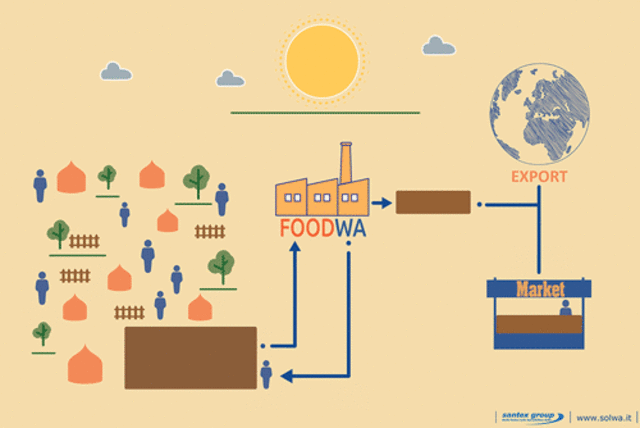If you have web developer friends, show them this article and watch as their face starts to twitch. TL;DR: good piece about browser inconsistencies around HTML forms (of which there are many)
1995 was a good year. Friends, ER, Xena were all on TV. TLC had dominated the charts with “Waterfalls”. Browsers were ok, because HTML was pretty ok. We had Mosaic, Netscape and IE1, and the HTML2 spec was finally getting around to standardizing forms. 1995 was the year when <input> was born, and now that it’s about old enough to drink, we need to have a talk.
Oh man, just found this other awesome quote:
Just when you thought it couldn’t get any worse, JavaScript
You see, I can justify CSS quirks. I worked on Chrome for 2 years, I work next to the Blink team now, I understand we’re all writing different renderers and they all have their own CSS bugs. However, the <input> API isn’t quirky — it’s literally just a jar of spiders, and the moment you open the jar, it’s too late. You’re covered in spiders. Even your cat is a spider now. Better find some fire.
Source: I ♡ you, but you’re bringing me down – Monica Dinculescu






